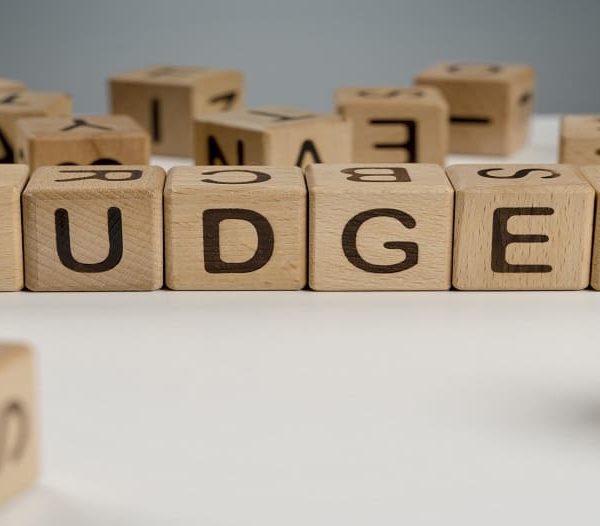Instruments Of Monetary Policy: Objectives of The RBI Regarding The Indian Monetary Policy

Monetary policy often aims at controlling inflation or interest rate to ensure price and economic stability and generate trust in the value of the currency. The monetary policy in India is carried out under the authority of the RBI or the Reserve Bank of India. This article talks about the instruments of monetary policy.
Role of The Monetary Policy Committee
The Government of India consulted with RBI and both came to a consensus to notify the ‘Inflation Target’ as 4%. At the same time, lower and upper tolerance levels were fixed by them to be 2% and 6% respectively.
Also Read: Economics Syllabus for UPSC IAS Exam
Monetary Policy Objectives
The main objective of monetary policy is to maintain price stability with all the other terms and conditions kept in mind. In India, the RBI is responsible for controlling inflation through a whole stipulated consultation process regarding inflation targeting. The current inflation-targeting framework in India is flexible. The objectives are:
- Price Stability
- Controlled Expansion Of Bank Credit
- Promotion Of Fixed Investment
- Restriction of Inventories
- Promotion of Export and Food Procurement Operations
- Desired Distribution Of Credit
- Equitable Distribution of Credit
- To Promote Efficiency
- Reducing The Rigidity
Monetary Policy Instruments
Some of the following are monetary policy tools used by RBI as a part of their monetary policies.
- Open Market Operations: This involves being open to buying/selling securities like government bond from or to the public and banks.
- Cash Reserve Ratio (CRR): Cash Reserve Ratio is special bank deposits that the bank keeps with the RBI in the form of reserves or balances.
- Statutory Liquidity Ratio (SLR): The assets are kept in precious metals, bonds, and other non-cash forms. As noted in December 2019, SLR stands at 18.25%.
- Bank Rate Policy: Also known as the discount rate, bank rates are the interests which the RBI charges for providing funds and loans to the banking system. When there is an increase in bank rate, the cost of borrowing by commercial banks also increases which results in the reduction in credit volume to the banks, and hence the supply of money declines. When there is an increase in the bank rate, it can be taken as an indication of the tightening of the RBI monetary policy.
- Credit Ceiling: RBI issues prior information or direction that loans to the commercial bank will be given up to a certain limit by the use of credit ceiling. In this case, a commercial bank will be stringent and frugal in advancing loans to the public. The allocation of loans is limited to a few sectors.
Monetary Policy Rates of Exchange
- The global financial market volatility caused by the uncertainty of the macroeconomic impact of the Covid-19, as in February-March 2020, could exert pressure on the Indian rupee.
- Strong capital flows should revive when the Covid Pandemic situation is properly taken care of.
Inflation
- Consumer price index (CPI)-based inflation: Has stayed elevated in the last few months.
-
It is expected that the CPI-based inflation will decrease during the course of the financial year. CPI inflation is tentatively projected to ease from 4.8% in (Quarter)Q1 of 2020-21 to 4.4% in Q2, 2.7% in Q3, and 2.4% in Q4.
- Average demand has a chance of weakening further than currently anticipated and ease core inflation further.
- Supplies that have faced bottlenecks in the market could increase pressures more than expected.
- Estimates indicate that inflation could move in a range of 3.6-3.8% assuming that monsoon this year is normal and no major shocks in the policy take place.
Also Read: How to Prepare Economics for UPSC: A Detailed Guide
Conclusion
In conclusion, we can say that the implementation of the monetary policy plays a very integral role in the economy and development of a country. It’s a kind of double-edged sword that has to be wielded well for the whole country to be able to function well. Therefore Monetary Policy is one of the most important topics in the UPSC syllabus. The topic is also pretty easy once properly understood as it is all about understanding the logic and basic concepts.







An important topic to learn about, while you are preparing for the UPSC exam. But for many candidates, it is also one of the tough topics. Right?